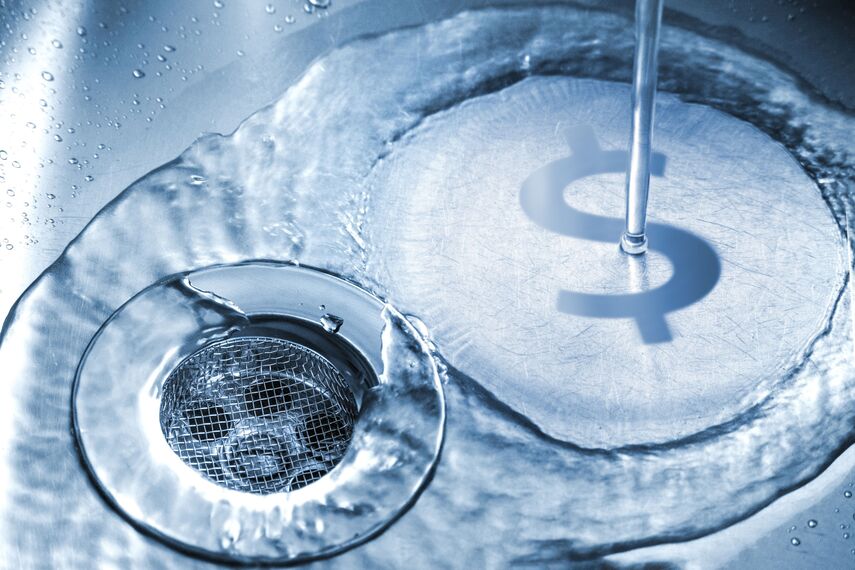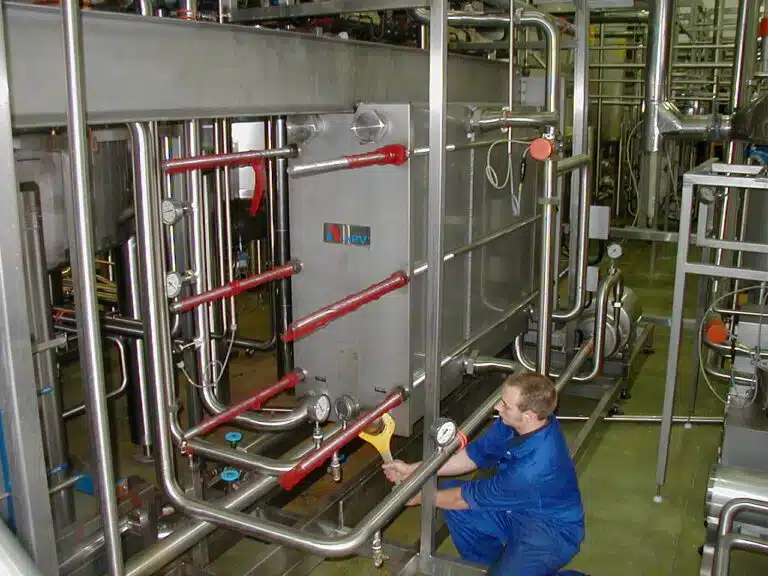Sending good product down the drain results in costly wastewater handling charges for food, dairy and beverage processors. Integrating turbidity sensors during processing transitions can help minimize waste and associated BOD charges.
What Are BOD Charges?
The cost of sending sellable product to waste extends beyond the cost associated with the wasted product. Processors face charges for water treatment on that lost product as well. The required treatment is known as Biological or Biochemical Oxygen Demand (BOD) charges. BOD charges vary by local municipality, but have one thing in common; they can quickly add up and can take a big bite out of processor’s bottom line.
Reduce Waste Charges with Updated Transition Methods
One optimal way for food, dairy and beverage producers to minimize product waste, and in return slash associated BOD charges, is to install optical sensors to measure turbidity into their process anywhere water-to-product and product-to-water transitions happen.
Historically, processors have utilized flawed visual observation or timed methods to signal transitions.
- When the product begins to mix with water, you can see the discharge become cloudy but due to limitations of the human eye, it is difficult to pinpoint the perfect time close the drain valve and make the switch.
- Relying solely on the timer method for this process could mean dumping extensive amounts of good product down the drain.
By replacing traditional methods of transition with turbidity sensors, processors stop sending good product down the drain and eliminate the BOD charges that accompanies unnecessary product waste. Turbidity sensors can detect the instant the transition happens and the result is extensive waste charges savings, which go straight to the bottom line.
Masterleo’s SmartSwitch = Optical Sensor Transitions
The use of optical sensors for these transitions is what Masterleo refers to as a SmartSwitch application. Masterleo’s SmartSwitch solution leverages the technology of optical sensors for food, dairy and beverage applications to reduce waste and associated BOD charges. The savings are endless when integrating this innovation into your process.
The term “SmartSwitch” has been utilized since the first stand-alone system Masterleo produced that offered the ability to detect and alert operators of the precise time in which their water-to-product and product-to-water transitions were completed. Initially, the sensors used in the food industry by Masterleo for this application were simple with just a flashing light to signal when good product began flowing down the drain.
Through decades of development and experience from countless installs, this modest concept has evolved and now provides the flexibility to tie into existing food, beverage and dairy processor’s control system or have a fully independent system control your valve switching based on the information the optical sensors are reporting.
With a wide-ranging variety of turbidity sensors used in the food industry, Masterleo can customize an application that meets each processors exact needs. Let us show you how we can save you money and reduce BOD charges through SmartSwitch by Masterleo.



